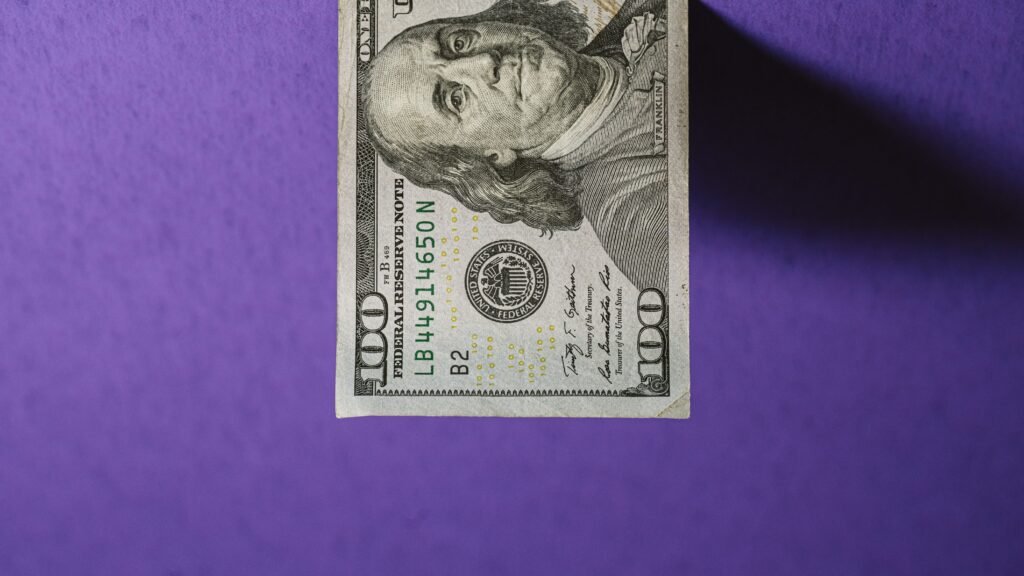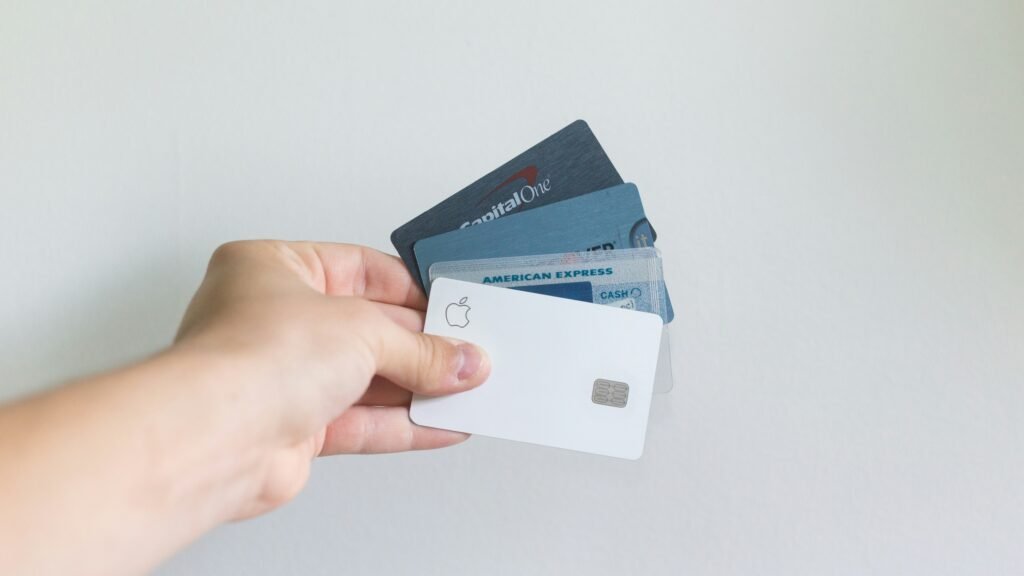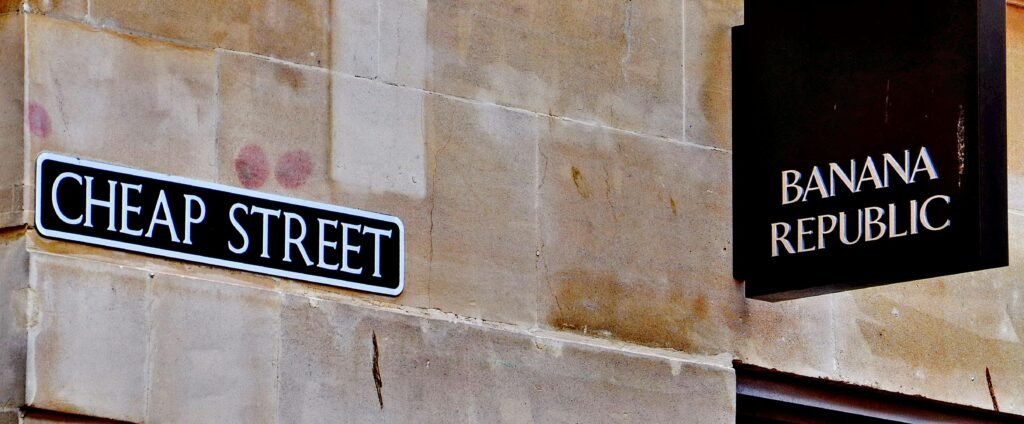Calculating BNPL APR vs Credit APR

Buy Now, Pay Later (BNPL) options have exploded in the UK over the past few years. From Klarna and Clearpay to PayPal Credit and even traditional banks entering the game, it’s now easier than ever to delay payments… often with what looks like zero interest.
But behind the “split it into 3” or “pay nothing today” banners, you might be wondering:
- What’s the real cost of BNPL?
- How does it compare to your credit card APR?
- And what exactly are you agreeing to when you click “Pay Later”?
Today, we’re going to break it down properly. We’ll cover:
- What BNPL actually is
- Whether BNPL APR is higher than credit card APR
- How BNPL credit costs are calculated
- What providers in the UK are currently charging
- And if BNPL and credit card APRs are really comparable
What Even Is BNPL?

BNPL or “Buy Now, Pay Later” is a form of short-term consumer credit. It lets you spread the cost of a purchase over time, usually in instalments.
Here’s how it typically works:
- You’re shopping online (or in-store)
- At checkout, instead of paying with a card, you select “Pay Later”
- You’re offered options like:
- Pay in 3 monthly instalments (interest-free)
- Pay nothing for 30 days
- Finance over 6–12 months (interest may apply)
It sounds great. And for many people, it works fine — as long as they pay on time.
But make no mistake: BNPL is still credit.
If you miss payments or roll into interest-bearing terms, the costs can rise quickly.
Is BNPL APR Higher Than Credit Card APR?

It depends. And that’s the tricky part. Here’s the broad comparison:
| Product | Interest-Free Periods | Typical APR After Promo | Late Fees or Penalties |
|---|---|---|---|
| BNPL | Often 30–60 days (or “Pay in 3”) | 19.9% – 39.9% (or more) | Yes – often £6–£12 |
| Credit Cards | 56 days (if you pay in full) | 19.9% – 24.9% average | Yes – interest + potential fees |
At first glance, they seem similar, especially when interest-free.
But the moment you miss a payment with BNPL, the interest rate or penalties can be worse than most credit cards.
Some BNPL lenders (especially those offering “finance” options over 12–24 months) can hit APR levels well over 30%, depending on your creditworthiness.
So yes, BNPL APR can be higher than credit cards — especially if you go beyond the promo period.
How Is BNPL Credit Calculation Done?

Let’s break it down.
When BNPL providers show 0% interest for 3 instalments, they’re not technically charging interest, just splitting your total bill into chunks.
But when you miss a payment or choose longer-term financing, they start applying real interest – just like a credit card.
Here’s a simplified version of how it works:
For interest-charging BNPL (e.g. PayPal Credit or Klarna Financing):
- Say you borrow £1,200 over 12 months at 24.9% APR
- The provider calculates how much interest will accrue over the year
- You make fixed monthly payments, which include both principal + interest
- You’ll pay around £1,342 in total — roughly £142 interest
It’s very similar to a traditional personal loan or credit card repayment plan — just wrapped in a shinier, more flexible checkout button.
For 0% instalment plans:
- No APR is charged — but missing payments may trigger fees or default charges
- Your repayment isn’t flexible — you must stick to the agreed schedule (e.g. 3 x £100)
How Much Are BNPL Providers Charging in the UK?

Here’s a look at common BNPL providers in the UK and their current terms (as of July 2025):
| Provider | Interest-Free Option | APR (When Interest Applies) | Notes |
|---|---|---|---|
| Klarna | Pay in 3 or Pay in 30 days | 18.9% – 29.9% (on financing) | Missed payments = £5 late fee |
| Clearpay | 4 payments over 6 weeks | 0% (no financing) | £6–£12 late fees |
| Laybuy | 6 weekly payments | 0% if paid on time | Up to £12 late fee |
| PayPal Credit | 4 months interest-free | 23.9% standard variable APR | Used for larger purchases |
| Zilch | 0% on “Pay over 6 weeks” | Up to 39.9% on longer plans | BNPL + virtual Mastercard |
Key takeaway?
Once you move beyond the friendly “Pay in 3” option, you’re in credit territory — and often at higher APRs than your typical credit card.
Is Credit Card APR & BNPL APR Different?
Yes, and no.
The similarities:
- Both are types of revolving credit
- Both apply APR based on balance not cleared
- Both calculate interest daily, but charge it monthly
- Both can impact your credit score if you miss payments
The differences:
- BNPL is often fixed-term, meaning set repayments over X months
- Credit cards are generally flexible, letting you carry variable balances and pay what you want (minimum or full)
- BNPL is usually product-based, while credit cards are account-based
- BNPL may not be regulated the same way credit cards are (although UK regulation is tightening)
And crucially, BNPL doesn’t always disclose APR upfront, especially on the “Pay Later” options. That makes it harder to compare.
So, Which One Is Cheaper?

That depends entirely on how you use them…
| If you… | Then… |
|---|---|
| Always pay BNPL on time | It’s essentially 0% interest and very handy |
| Carry a balance into long financing | BNPL can become very expensive |
| Use credit cards and clear balance | Credit cards are flexible and cost nothing |
| Only make minimum card payments | Credit cards can be more expensive long term |
Choose the Right Tool, Not the Flashy One
BNPL is marketed as modern, slick, and low-stress. And used properly, it can be a helpful way to spread costs interest-free.
BNPL is just another form of borrowing and sometimes, a more expensive one than a traditional credit card.
If you’re trying to figure out which makes more sense for you:
- Look at the APR after the promo ends
- Compare the flexibility of repayments
- Consider your likelihood of missing a payment
- And above all, you should always calculate the true cost of borrowing, not just the upfront message
Because in the end, no matter how pretty the “Buy Now, Pay Later” button looks, you’ll still pay for it somehow.
Resources
Jordan is a resident advisor and expert in credit cards, personal finance and investing. Having been featured on UK comparison sites & leading business investment sites for his expertise, he lends a careful eye and attention to detail over our more in-depth credit card articles ensuring our standards remain compliant.
